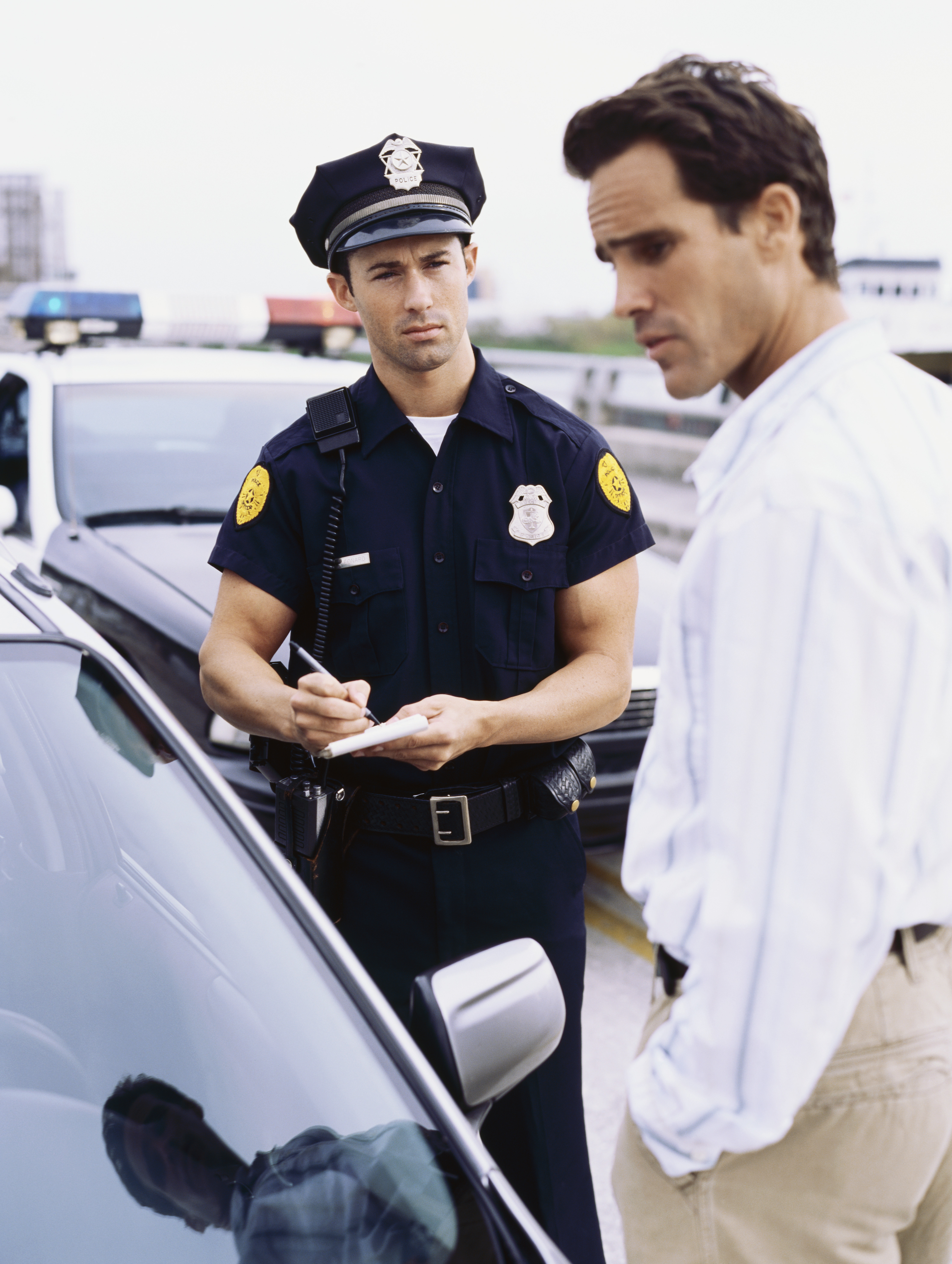
For shoplifters, there are a variety of reasons why consumers see self-checkout lanes as an easy mark. Some feel morally justified in stealing small items. “If I’m doing the work, and they won’t even bother to pay cashiers, why not?” is a common rationale. Other consumers may feel emboldened by the lack of security and oversight.
Regardless of the underlying rationale, theft is estimated to be a nearly $100 billion problem for retailers. It is no surprise, therefore, that retailers are looking at ways of tracking theft in self-checkout lanes. There are a couple of common methods consumers use to steal in self-checkout lanes: The “switcheroo” is perhaps the most common method. This is the name for when consumers switch the barcode on one item for a lesser-priced item. The shoplifter pays for a pack of crayons and walks out with a new television. The “honest mistake” is another common method. Shoppers hide smaller items inside larger ones, or somehow obscure the item in their cart. Then they walk away without scanning it at all. If questioned, the shopper just says, “Oh, sorry, didn’t see it there.” The “machine did it” involves covering up the item’s barcode with your hand or passing the item over the scanner upside down.
There are, of course, monitored cameras everywhere. And the employee in the self-checkout area is there specifically to spot and discourage these types of thefts. There are also technology that may help retailers prevent self-checkout theft. For example, Lowe’s recently successfully tested a new way of preventing theft without locking up items. This process uses radio frequency identity (RFID) technology to lock up products that have been stolen. It can also be used to track and identify stolen goods. Other retailers have switched to anti-theft carts that can lock up if someone leaves the store with stolen goods.
Legally, it doesn’t matter how you shoplift. Trying to sneak out a high-priced item in your jacket pocket is the same as switching the barcode, at least from a legal perspective. Penalties for shoplifting vary by state, the value and type of the item stolen, whether you have a previous criminal record, and other factors. Organized retail crime (ORC), which occurs when multiple people are involved in stealing an item or items, also increases the penalty.
Importantly, however, shoplifting also generally includes the willful intent to deprive the store of its merchandise. That means if you made an honest mistake, and really did just forget about that small item at the bottom of your shopping cart, you are probably just fine provided that you pay for the item once it is called to your attention.
However, it becomes harder to convince the store (and a jury) that you didn’t intend to steal if this is the sixth time you were stopped for not paying for an item, or you switched the barcode. In other words, shoplift at your own risk. It may become harder to get away with soon.
If you or a loved one is in a bind as a result of a criminal charge, immediately contact a Seattle Criminal Attorney. A Criminal lawyer is not going to judge you, and understands that everyone makes mistakes. Hiring a Seattle Criminal Lawyer to help can – at a minimum – reduce penalties, and can help direct people on how to best deal with their criminal charge, and many times even get them dismissed. So it should go without saying that someone cited for a misdemeanor or felony should hire a qualified Seattle Criminal Lawyer as soon as possible. Criminal charges can cause havoc on a person’s personal and professional life. Anyone charged with a crime in Washington State should immediately seek the assistance of a seasoned Seattle Criminal Lawyer. SQ Attorneys can be reached at (425) 359-3791 and/or (206) 441-0900.


